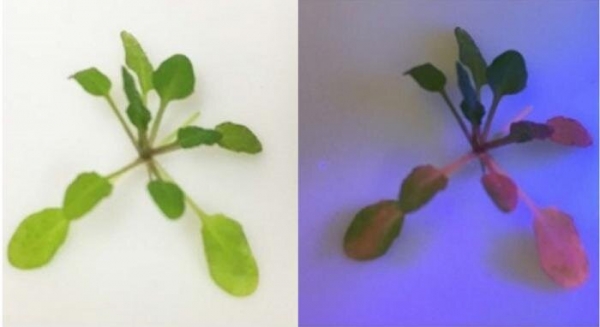Clues found relating repair of photosynthetic protein complex to how plants survive in colder regions.
Plants need light to grow, but too much light can induce damage to the photosynthetic complex known as photosystem II. It is known that plants adapted to growing under full sun repair this light-induced damage more. But this repair activity slows down in colder temperatures. An Osaka Metropolitan University-led international research team has now found some clues to how plants survive in colder regions.
Graduate School of Science Associate Professor Riichi Oguchi and colleagues from Australia, Austria, and Japan grew Arabidopsis thaliana (commonly called thale cress) using ecotypes from around the world. They were all grown at 22°C, before some were kept as a control group at that temperature and others were exposed to colder weather at 12°C for three days. The plants were then subjected to 5°C conditions in this experiment.
Damage to photosynthesis capacity by light, known as photoinhibition, is repaired at a certain rate in plants. The control Arabidopsis thaliana showed no difference among ecotypes in the rate of repair at 5°C, but the plants acclimated to the cold for three days showed an increased photoinhibition repair rate and the extent of the increase was higher in the ecotypes from colder regions.
Read more at Osaka Metropolitan University
Image: Some of the light energy used in photosynthesis is emitted as fluorescence. Photoinhibition and its repair can be measured by the behavior of fluorescence. (Credit: Osaka Metropolitan University)
Sci/Tech Climate Top Stories
